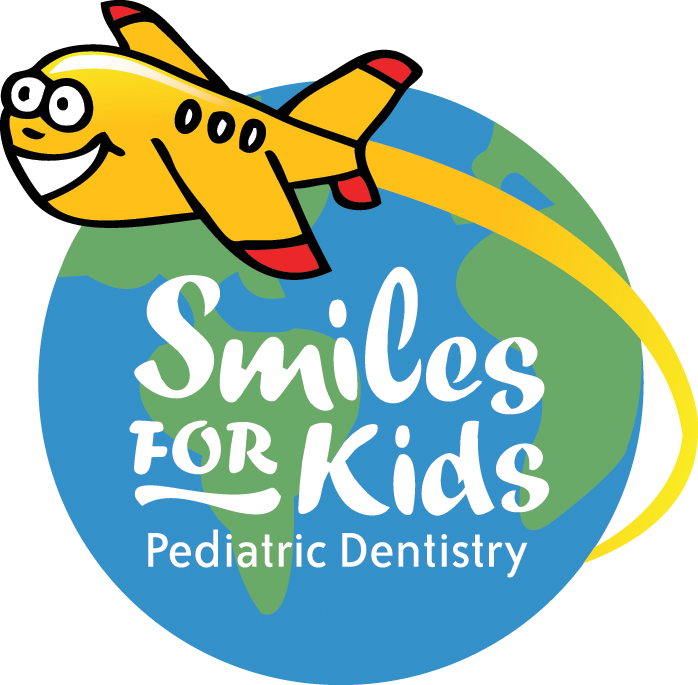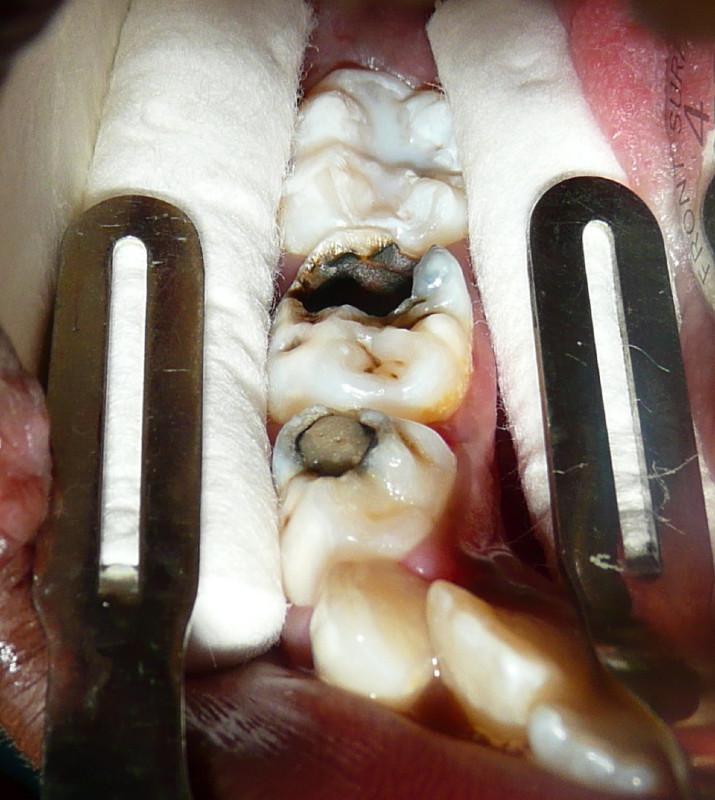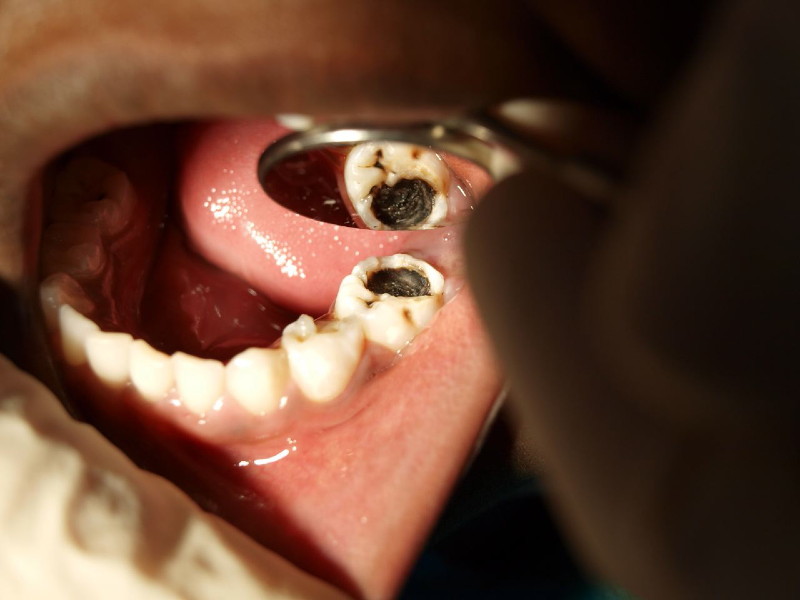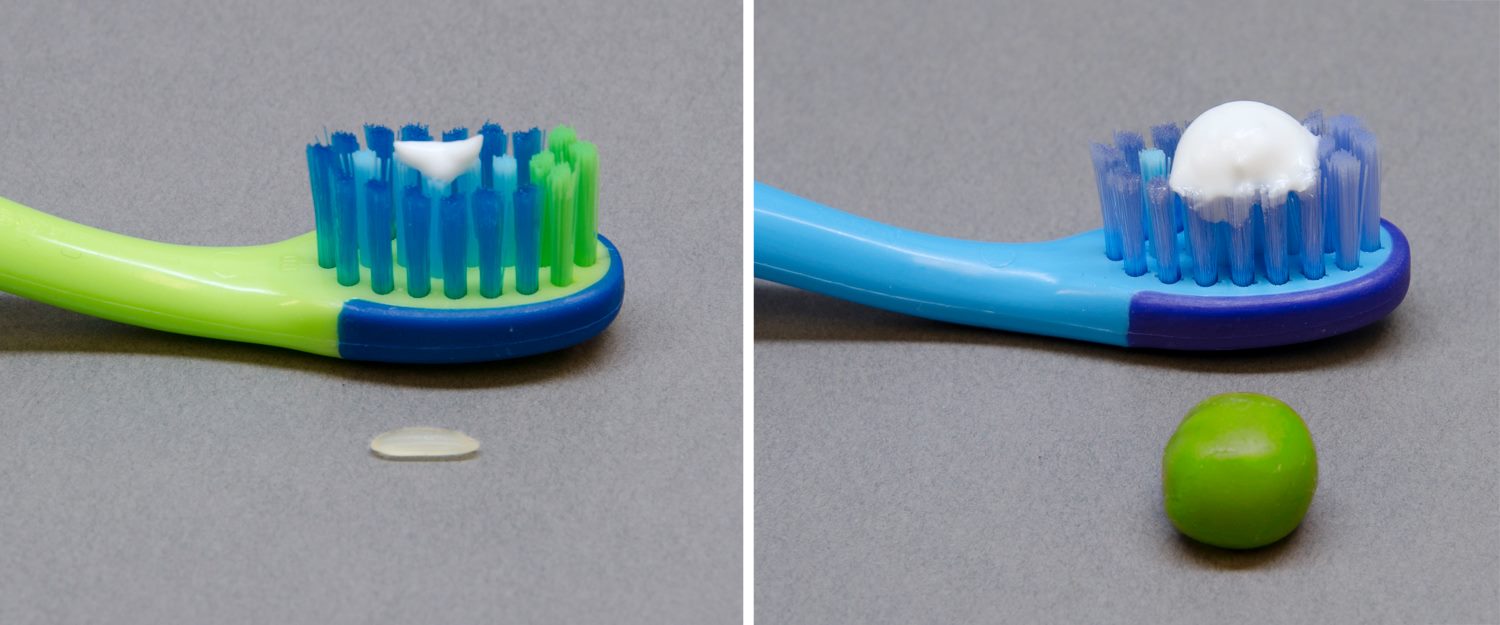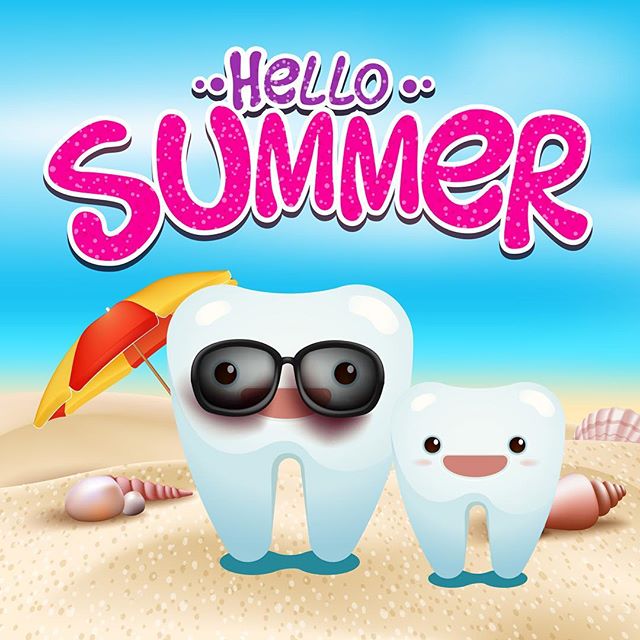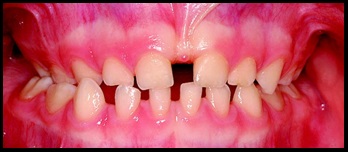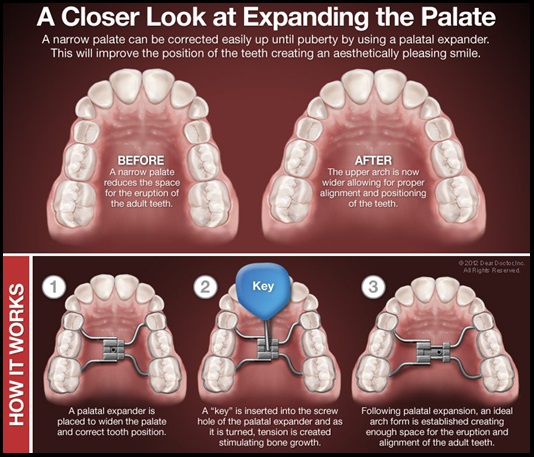Hygiene Scores
/Every time you visit us at Smiles for Kids Pediatric Dentistry for a six month appointment, we provide your child with his or her hygiene score. It’s a rating system that helps you track your child’s progress with home care. Here’s a little more information to shed some light on it.
We rate from 1 to 5 with 5 being the best. Everyone should be shooting for a 5!
Our average score is a 3.5 which means that the hygienist noted some plaque with light tartar buildup. Oftentimes, she may have noticed some light bleeding of the gums, too. She will give you a detailed report of all that she noted.
A score higher than a 3.5 is above average. Keep up the good work!
A score below 3.5 means that there are areas that your child is missing. With this, we see more bleeding, swelling, plaque and tartar buildup. The hygienist will give you specific recommendations to improve your score. This could mean focusing on a certain area, angling the toothbrush differently, or incorporating flossing to your nightly routine.
If Dr. Lindhorst or Dr. Jadav feel that your child would benefit from a 3 month appointment with our hygienist for a cleaning in between his or her six month visit, she will let you know. This is especially useful for patients that are in braces or have appliances that are harder to keep clean.
Prevention is key at Smiles for Kids Pediatric Dentistry and a huge part of this prevention plan is hygiene. If you have any questions for us, please let us know. We can’t wait to see your smiling face soon!
Dr. Jadav
